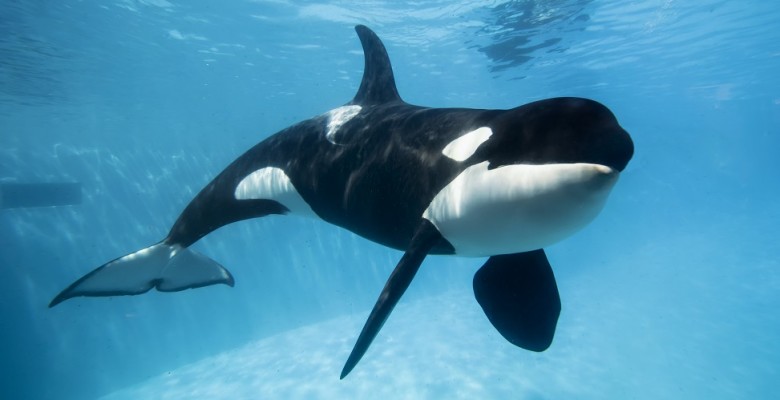
You've stumbled across a website about Orcas! Welcome to my informal yet unprofessional information website about Orcas!They're just sooo cute!

Orcas are fascinating creatures of the sea. Orcas are dolphins,despite the misleading name of killer whales. They're the largest member of the dolphin family. But, theres a reason, I guess for that name. Orcas eAt other marine animals and mammals. Such as seals, Sea Lions, and even whales! see what I'm getting at here? That's about it for the reason they're called killer whales as far as I know.

Now, when referring to a group of Orcas, you call them a Pod. There are 4 types of Orcas,Type A, Type B,Type C, Type D. they're all cool and awesome but Type D is the rarest of the bunch. In the wild Orcas can live 50-80 years, they can weigh up to 6 tons and can grow to 23 to 32 ft in length! They're carnivores! Obviously! In a pod, there can be 40 Orcas! Like a good ol' happy family!



Sadly, Aquariums dont know how to take care of their Orcas. One story that typically sticked with me was the story about an Orca called Tilikum,, his story is interesting so I suggest you read and learn more about his story! Warning: It's a sad one..! Aquariums are typically too small for Orcas to swim in, so due to their small tank they miss out on a lot of excerise of which they would get outside in the big blue ocean. And thanks to this change, their dorsal fin collaspes.
Orcas, or killer whales, are the largest of the dolphins and one of the world's most powerful predators. They feast on marine mammals such as seals, sea lions, and even whales, employing teeth that can be four inches long. They are known to grab seals right off the ice. They also eat fish, squid, and seabirds. Though they often frequent cold, coastal waters, orcas can be found from the polar regions to the Equator.